-
Member


May 2009
I don't know who should I thank for making this great forum come back... Gus? Adam? or Nick? Anyway, I thank who have done the job very much. It must have been a lot of work.
I love small stream fly fishing (This is the single most important qualification to be a member of this forum, I believe). Certainly, one major reason is that we have virtually only small streams (for flyfishing trout) in Japan. Many of the trout streams in the U.S. would be called "a large river" in our country.
After the old forum went down, I have kept taking pictures as usual.
So, I would like to share some of the fishing experiences with people here.
I live in a rather warm place, and we seldom have snow here. We have some small trout streams in the mountains around, but fishing season is very short; usually from late March to June, with April being the best, though trout fishing is legal from March to the end of September.
From April through May, I went fishing to my home waters every weekend. This year, we had a lot of rain in Japan. We have a rainy season from the middle of June to the middle of July every year, but this year, the rainy season seemed to have extended to the whole summer.

A small village in the rain on the way to the stream.

When the weather is overcast with occasional trickles of rain, it's the best condition for fishing dryflies for these streams. Seeing this picture, you might think that the water level is low. It is on the contrary actually. Water level is a little higher than usual. You see no vegetation to a certain height from the stream bed in the picture. This is because water goes to this height when a big typhoon comes, which occurs every year.

I caught several chubby small amago (we pronounce it "ah-mah-go") in each outing. This is the only native trout in this area.

As I wrote before, this is the landlocked form of a subspecies of the masu salmon. Masu (Onchorhynchus masou) is one of the Pacific salmons but live only on the Asian side of the Ocean. Most of the populations of amago is landlocked.

As the season deepens, mountains become green everywhere. Even the water seem to be stained green. This is the season I love most.

When it rains a little heavier, nymph fishing is truely rewarding. One day, in such a condition, I had almost "one cast one fish" fishing. On that rainy day, fish didn't often come to the surface, so I switched to nymphs. Every time, no sooner had I put a nymph in the water than trout eagerly snatched it. This is one of such fish.

We had some bright sunny days still.

OK, who blotted this fish with orange paint!?

As the water temp rose, some unwelcome guests also start to appear. This cyprinid fish is very surface-oriented, and bite anything floating on the surface. Though the size of the fish is small as you see, it has a large mouth and easily grab a #10 dryfly. It's still OK, but the worst thing is, once a dry fly is taken by this fish, it is impossible to regain the buoyancy of the fly by any magical floatant because of the strong mucus of the fish. The appearance of this fish tells us the trout fishing is slowing down. Well...., you can't blame the fish, which is certainly a part of the ecosystem in this area.
In the next post, I will show some of my summer fishing experiences in northern part of Japan for yamame and iwana.
 Members who have read this thread: 0
Members who have read this thread: 0
There are no members to list at the moment.
 Posting Permissions
Posting Permissions
- You may not post new threads
- You may not post replies
- You may not post attachments
- You may not edit your posts
-
Forum Rules

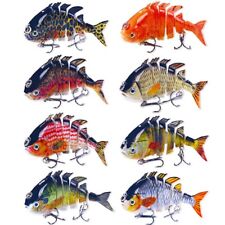
8PCS Multi Jointed Fishing Lure Swimbait Minnow Bait 6 Segment Wobbler Crankbait
$17.37
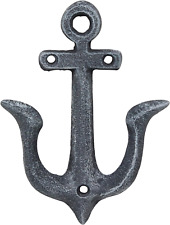
Antique Pewter Silver Cast Iron Anchor Double Wall Hook, Rustic Nautical Design,
$17.32
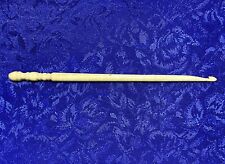
Antique Bone Crochet Hook
$19.00
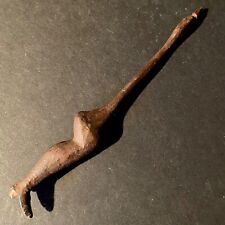
HAND-CARVED FOLK ART BUTTON HOOK
$75.00
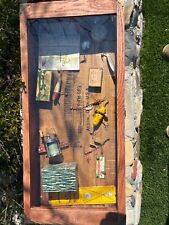
Pflueger Fishing Tackle shadow box displaying vintage lures / reels & tackle.
$193.70
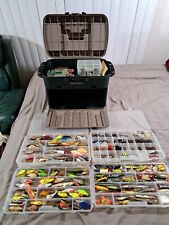
TACKLE BOX FULL OF VINTAGE FISHING LURES HEDDON BAGLEY SHAKESPEARE CREEK CHUB ET
$900.00
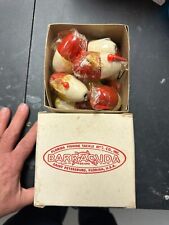
12 Vintage Barracuda Florida wood fishing floats / bobbers + BOX old bass tackle
$52.50
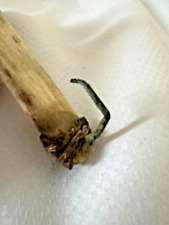
19th century Early Native American Fishing Lure Bone bait 1800s
$276.50
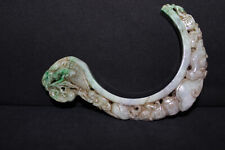
Jadeite Cage Hook Pendant Featuring Bird and Auspicious Symbols, Late 19th C
$292.00
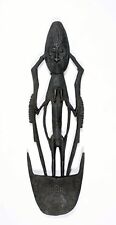
Sepik Figural Suspension Hook, Papua New Guinea
$285.00















 Reply With Quote
Reply With Quote











Bookmarks